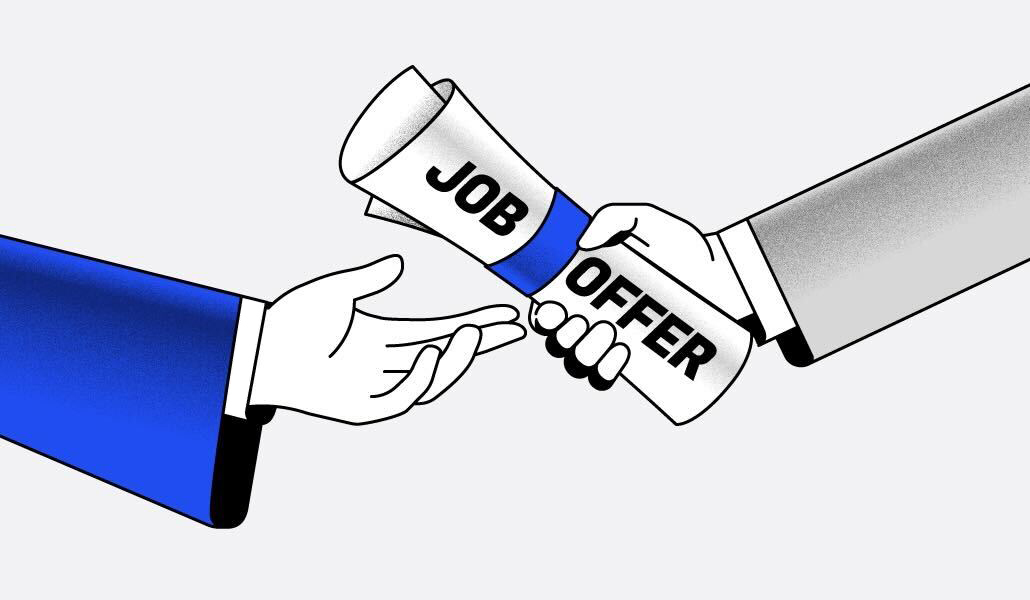How to engage new hires once the offer letter is signed

We’ve all heard of onboarding, those first few days of work when new hires (now virtually) meet colleagues, learn the ins and outs of their new role and hear all about their employer’s culture and history.
But employers shouldn’t rest on their laurels once an offer letter is signed. In this tight labor market, every chance to strengthen ties between employee and employer is essential. Those weeks between offer acceptance and onboarding have become a crucial time for employers to build excitement, lay the foundation for team relationships and continue branding themselves as an employer.
Effective preboarding, as it’s known, can prevent the new hire from being swayed to stay with their current employer or attend any last-minute job interviews, especially in countries where employees typically give a month’s notice when quitting. Finding the right candidate takes resources and time and employers don’t want to take the chance they’ll get away.
It’s also an ideal time to get those nitty-gritty details like tax paperwork, direct deposit bank setup and computer delivery accomplished so new hires can seamlessly start on their first day.
Preboarding is a way to continue the momentum.
“One of the biggest challenges in a tight labor market is actually having people show up,” said Sid Upadhyay, CEO and co-founder of WizeHire, an online hiring platform focused on small businesses. “But if you go through all of these important steps, you’re building a relationship and new hires already feel connected to the organization. There’s a sense that they’ve already welcomed me into their community.”
And nothing says welcome to the team like swag. Many of his clients create new employee gifts like T-shirts and badges that differ from swag given away at trade shows or to customers.
“This is the moment to brand yourself as an employer and market yourself as a great place to work,” he said.
At the global fitness company Gympass, new hires are sent a welcome box before their start date with an assortment of branded items including a shirt and water bottle. Since employees come from all over the world and each country has different standards on how far ahead employees should give notice, creating a connection between the new hire and their team before they start is critical.
While American employees typically give two weeks’ notice, Gympass’ Chief People Officer Lívia Martini says it’s typically four weeks in Brazil and 12 weeks in Portugal. Part of GymPass’ preboarding is inviting soon-to-start employees to join their regular team workouts — they’re often virtual these days — and contacting them with any significant company developments that occur during this in-between time.
She points to a new partnership with a U.S-based-gym that will be announced shortly. All soon-to-start employees were contacted recently about the news, a deliberate effort to make them feel like they’re already part of the Gympass community.
“We want them to look forward to starting their new job so they’re not susceptible to a counter offer,” Martini told WorkLife.
Upadhyay likens starting a new job to beginning a new grade in school. There’s lots of excitement but also nerves. He recommends clients set the stage during pre-boarding by sharing a calendar of meetings the new hire will have in their first few weeks along with information on those team members.
At the employee learning and development platform Epignosis, Christina Gialleli, likens preboarding to “building anticipation.” New hires receive a welcome box with plenty of swag and their company laptop. The new employees’ direct manager stays in touch throughout that in-between time to create a bond but also to keep the new hire in the loop about what their first week will look like.
Says Gialleli, Epignosis’ director of people operations, “it’s those little things that make them feel like they know us.”
